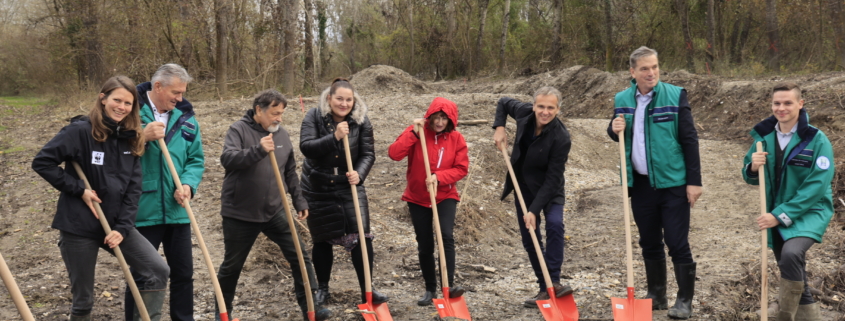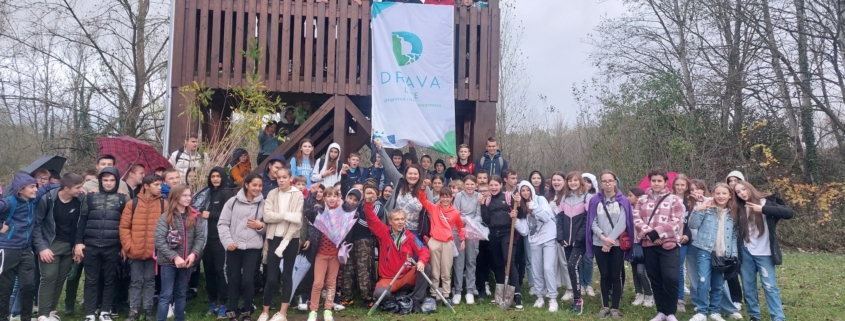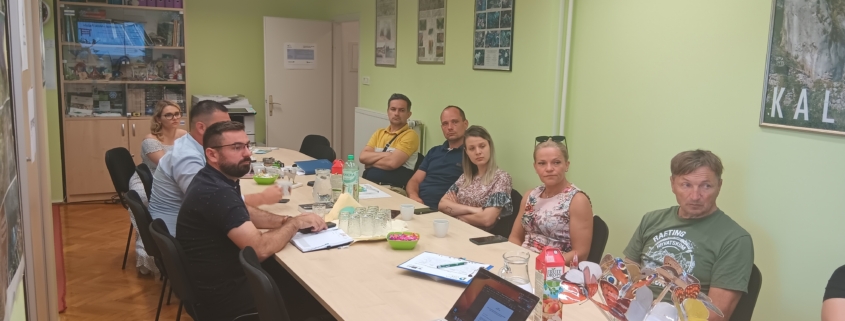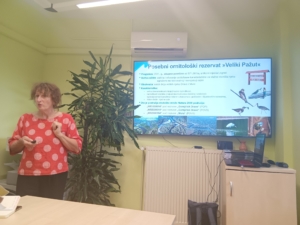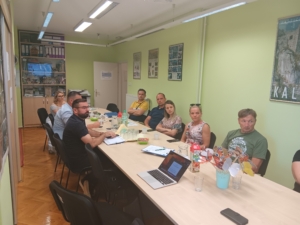Action to Reintroduce German Tamarisk to the Natural Habitats of the Drava River
At several locations along the Drava River in Varaždin County, organized by the Public Institution Nature of Varaždin County, a dozen river enthusiasts carried out another action to reintroduce German tamarisk back into its former habitats.. This involves an attempt to repopulate river plants, specifically a renewed effort to introduce the strictly protected and critically endangered German tamarisk to the natural habitats of the Drava River.
This is a continuation of last year’s activities involving the translocation, or transplanting, of plants of this species from the gravel pit in Sračinec to the Drava river banks downstream of the Ormoško Lake. The uniqueness of this year’s action lies in the use of 30 young seedlings grown in the nursery of the Arboretum Opeka High School in Marčan, from cuttings of German tamarisk parent plants taken from the Turnišće gravel pit in Sračinec. According to available data, this location is one of only two in Croatia where German tamarisk still appears. Partners from the DRAVA LIFE project, supported by the botanist Dr. Dragica Purger, also participated in this year’s action.
German tamarisk (Myricaria germanica)
German tamarisk (Myricaria germanica) is a shrubby plant that was once common on the Drava river banks and gravel bars but is now almost completely extinct and considered a critically endangered species with a high risk of extinction. It is a plant adapted to the unique ecological conditions of habitats limited to newly formed gravel bars. Therefore, this species is one of the indicator species of healthy and natural rivers. Due to anthropogenic influences and changes in the morphodynamics of the river, German tamarisk has disappeared from its natural habitat in the Drava River in Croatia. It can only be found in secondary, anthropogenic habitats such as gravel pits and canals.
Previous attempts to plant or reintroduce German tamarisk to the natural habitats of the Drava River were made in 2018 and 2019 as part of the DRAVA LIFE project. In 2022, due to the expansion of gravel exploitation works, about thirty individuals of this species were removed from the Turnišće gravel pit in Sračinec and relocated to the natural habitats along the Drava River downstream of the Ormoško Lake. During this activity, cuttings were taken from the parent plants for cultivation and propagation of this plant in controlled conditions to obtain seedlings for future planting or reintroduction of German tamarisk to the Drava River. As it is a strictly protected species of the Republic of Croatia, all activities obtained permission from the Ministry of Economy and Sustainable Development.
Although previous attempts to reintroduce German tamarisk to the natural habitats of the Drava River have not been successful, primarily due to factors related to changed habitat conditions and extreme weather events, we hope that this year’s planting has identified suitable micro-locations where Greman tamarisk will successfully grow.
This action, attempting to bring back disappearing native wild species into nature, also contributes to the restoration of degraded ecosystems. This aligns with the requirements of the recently agreed-upon nature Restoration Law which is expected to be adopted soon by the Council of the European Union and the European Parliament.
Will we succeed in bringing German tamarisk back to the natural habitats of the Drava River? We do not know. But we must try, because if we do not try, we will never find out.
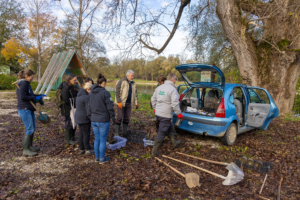
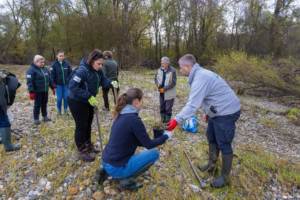
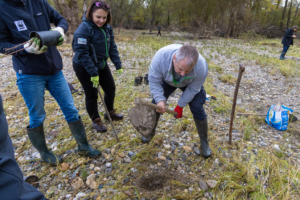
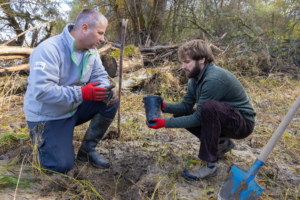
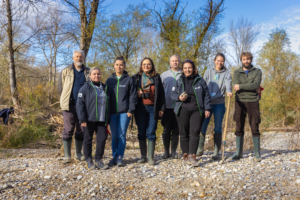

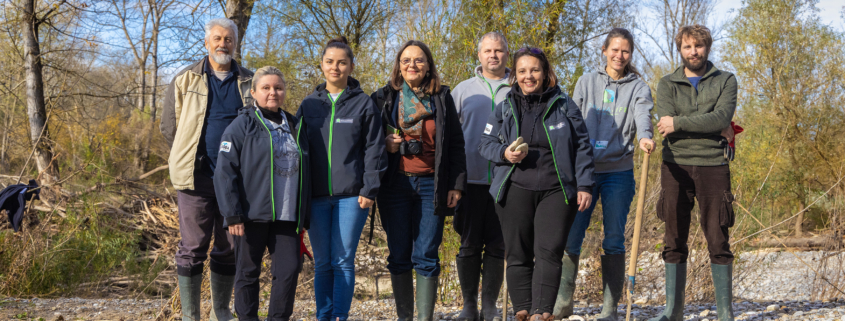 DRAVA LIFE
DRAVA LIFE